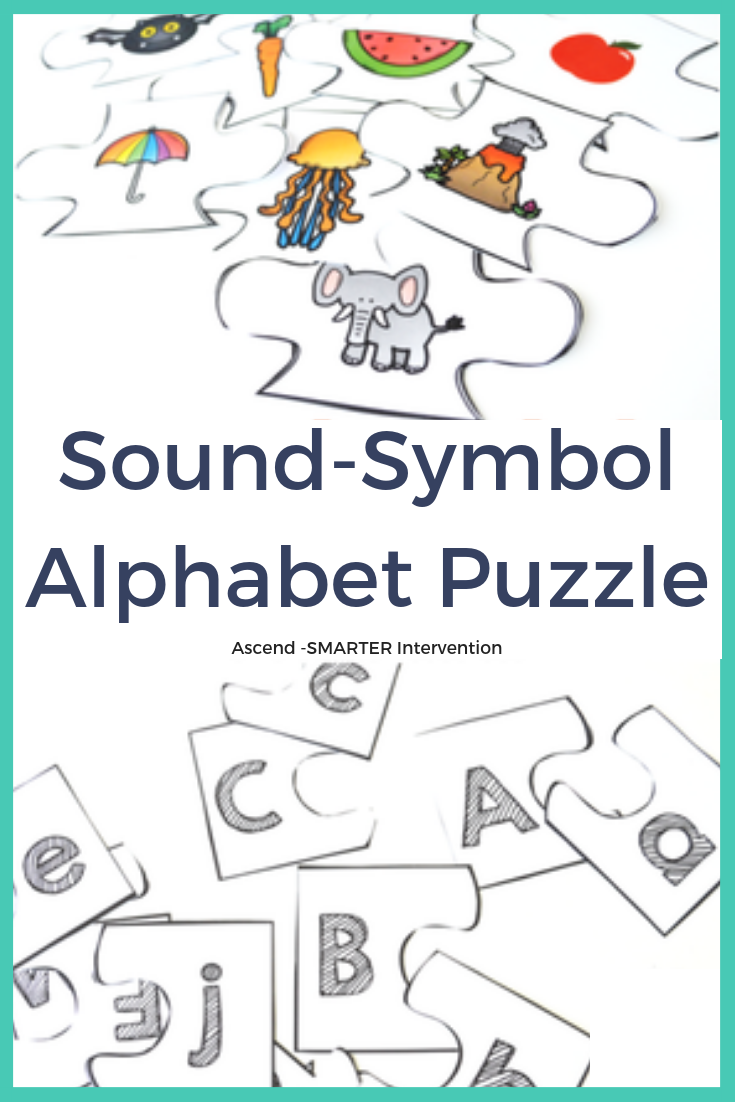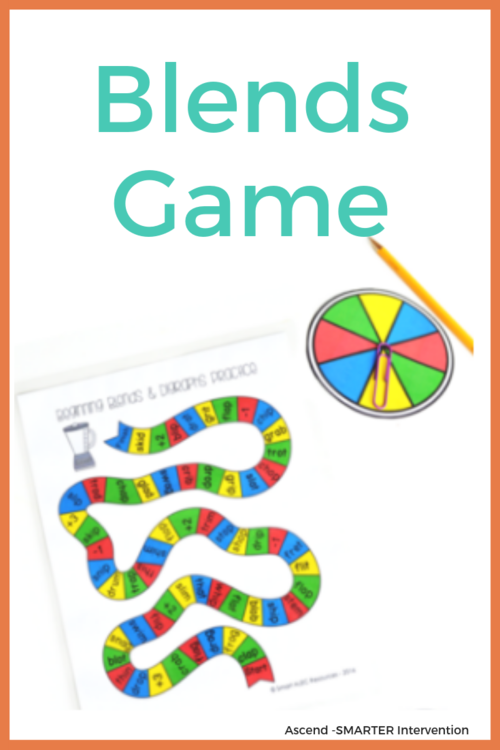How to Support Early Reading Skill Development
The research is clear - strong systematic early reading skills development is the most effective way to bypass later reading difficulty.
Early literacy is very near and dear to us and we realize that children shouldn't be learning through worksheets and drills at a young age.
That's a great way to burn a child out before they ever even really get started down the path toward literacy.
So instead, we can begin to work with children in a fun and play-based manner with skills that will ultimately help them be successful later on. Keep reading to learn about a few of our favorite (and most effective) strategies for supporting early reading skill development!
1 - Teach Sound-Symbol Matching
You can do this in tons of different ways -
1. We always start by practicing upper and lower case matching
…which begins to develop our students’ orthographic (visual recognition) skills in quickly identifying the patterns of letters.
2. Next, we begin building sound-symbol associations
…with the most common target sound of each letter and working back to tie that sound that the student hears with the letter representation.
3. After we’ve practiced those two skills…
we will work on sound recognition. For example, we might put 4-5 letter options out and ask our students to find the letter that makes the /b/ sound.
4. Then, we work on sequencing the alphabet.
Many of our struggling readers really struggle with sequencing and it’s so important to recognize the knowing the order of the letters in the alphabet. We practice by putting several letters out in order like A, B, C, _, E and asking them to find the missing letter.
2 - Start Reading at the CVC Word Level
After our students have started to solidify their mastery of sound-symbol associations, we begin working on reading simple, consonant-vowel-consonant words.
We love doing this with all kinds of activities! If you know us at all, you know that we absolutely LOVE GAMES!!! Sometimes, certain skills just don't stick for kids. They need tons of additional practice and sometimes finding the material to keep practicing can get daunting. What I realized early on in my intervention career was that for whatever reason games just did not get old.
One of our favorites to play with our early readers is Crazy Short Vowels. Crazy Short Vowels is a really fun activity for our younger readers or readers needing extra practice with short vowel sounds. We play this game similar to Crazy 8s but it can be adapted to make it work however you want to play! This tip truly is a gem if you take it because here’s the thing - while I couldn't keep giving a kiddo word list after word list with the same concept without hearing the moans and groans of a frustrated student, they were absolutely happy to review with a game over and over.
But here’s an even better thing, you don’t even need to make this difficult! You can simply use a word list and have students take turns rolling a die and reading each word they land on, whoever gets to the last word first is a winner. Basically, any way you can turn this into a game helps support early reading skills without making it feel like a chore!
3 - Teach students how letters work together to make new sounds.
After our students have begun to master the idea that sounds blend together to create words, we begin expanding from the consonant-vowel-consonant pattern to teaching blends and digraphs. It’s so important that we make sure to teach patterns explicitly before expecting that our early readers can read them.
So before we start going all willy-nilly in our reading expecting students to go from recognizing letters…. to recognizing that letters work together to create words… to reading the insanely difficult words I find in my kiddos Ninjago books, we need to create a stair step. One of the best stair steps you can take is to teach students what specific letters do when they blend together. Letters like C-L, for example, form a blend and create /cl/ whereas letters like C-H form a digraph and make an entirely new sound /ch/.
By beginning with these foundations and sticking with short vowel sounds, we are setting up the best possible foundation for students to begin to really understand the WHY behind the crazy and complex English Language!
Now, these strategies have been really helpful in our clinic and we know they will be helpful for you, too! That being said - there is so much more that goes into truly effective structured literacy lessons than just the tips above, but if you’re interested in trying some of the games mentioned above, use the buttons below to check them out!




